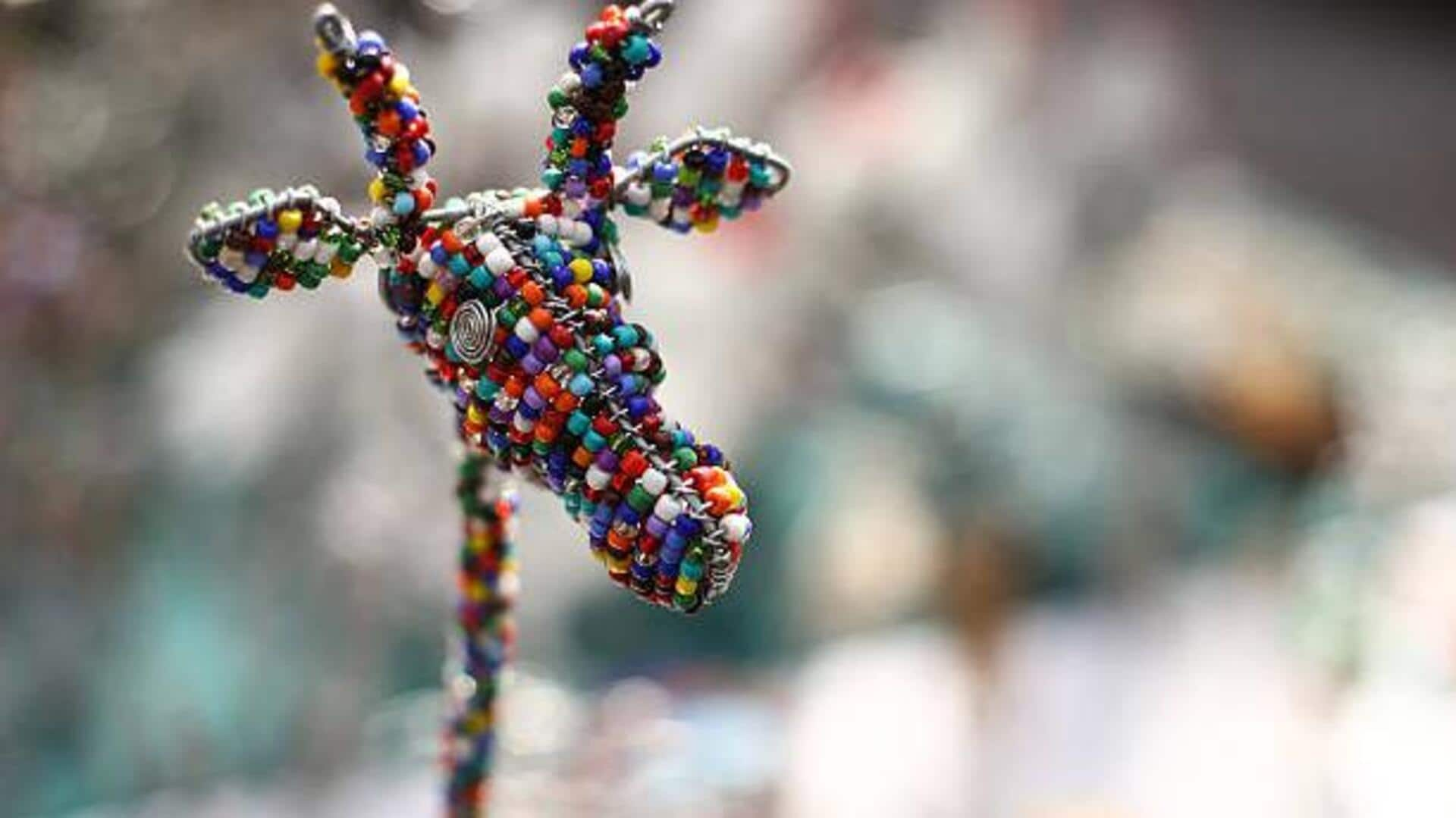
All about African wire art
What's the story
African wire art is a unique form of artistic expression that has gained popularity for its intricate designs and cultural significance. In this art, wire is used to create sculptures, jewelry, decorative items, etc. It reflects the creativity and resourcefulness of African artisans, who often use recycled materials. Beyond the aesthetics, this art impacts local economies and helps preserve cultural heritage.
Creation
The crafting process
Essentially, wire art is all about bending, twisting, and shaping wires to get the desired shape. Artisans usually use pliers and some other simple tools to work with the wire. The mindful process takes a lot of patience and skill as no two pieces are exactly the same. Depending on the work, they can use copper or aluminum wires, even adding beads/stones for detail.
Economy boost
Economic contributions
Wire art also goes a long way in boosting local economies across Africa. Many artisans sell their creations at markets or through online platforms, giving them a source of income. This trade sustains families, and communities by generating employment opportunities. It also attracts tourists who are keen on taking home authentic, handmade items as souvenirs.
Heritage preservation
Cultural significance
Wire art also acts as a medium for preserving African culture and traditions. Most of the designs are inspired by traditional symbols or stories passed down through generations. In making these pieces, the artisans keep their cultural heritage alive, while sharing it with a global audience. This exchange helps in appreciating diverse artistic expressions.
Sustainability
Environmental benefits
The utilization of recycled materials in wire art also helps in the environmental sustainability efforts in Africa. By transforming discarded wires or metals into stunning artworks, artisans minimize waste while advocating for eco-friendly practices in their communities. This not only is a great way to contribute towards reducing human impact on the environment but also aligns with global initiatives of minimizing environmental impact with creative solutions like upcycling.